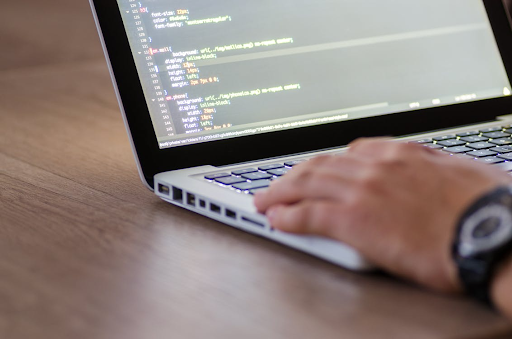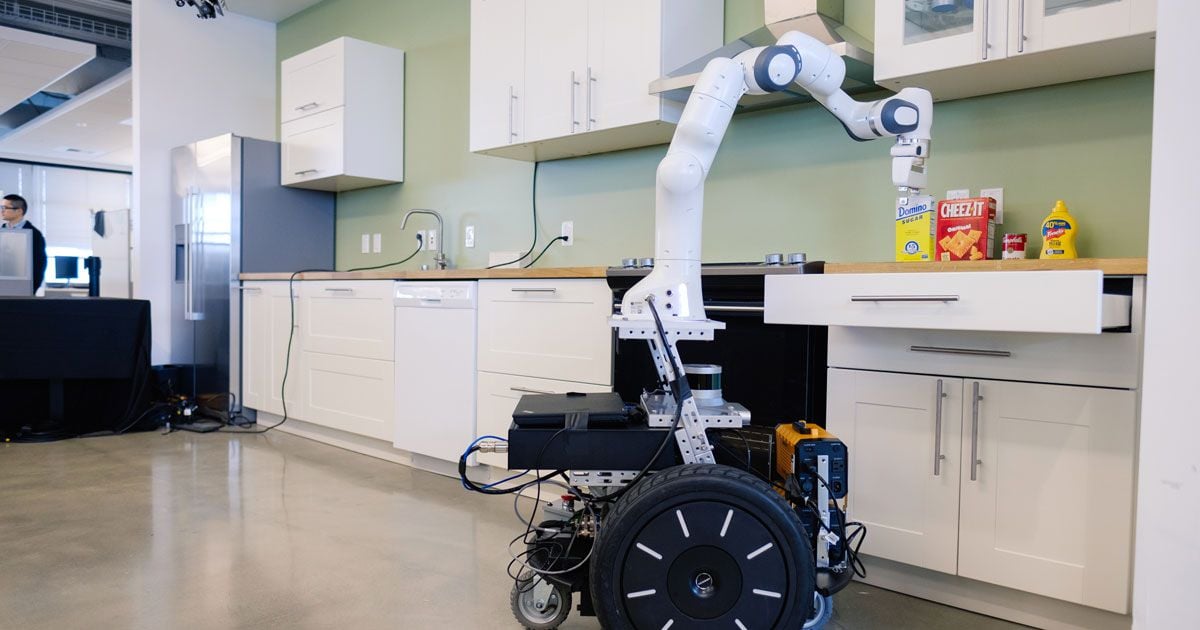The News You See Depends on Where You Are

It’s easy to assume that the internet shows everyone the same thing. A story breaks, and it spreads. People share, repost, react. Seems global. But in practice, what you see and what someone else sees might not match at all.
For instance, a reader in Canada clicks a news link and sees a full article with embedded video, quotes, and context. But someone in another country might get a trimmed-down version or no access at all. In some places, the article simply doesn’t load. That’s why tools like a US proxy server have quietly become essential for anyone trying to get a full picture of world events. These tools aren’t about hiding identity, they’re about seeing what’s otherwise hidden by region.
Different Versions, Same Link
This isn’t a glitch. It’s baked into how the web works now. Content changes depending on where you’re located. Platforms serve different headlines, different thumbnails, even different facts. It could be a legal issue. Or a licensing deal. Or just an algorithm guessing what’s “appropriate.”
Journalists started noticing this first. Then came activists, researchers, and now, regular readers. Once you’ve compared versions of the same article opened from two countries, you can’t unsee it.
Some people have started doing the following to spot these differences:
- Open pages using different regions via proxy tools
- Archive multiple versions of a story as it updates over time
None of this is complicated. But it takes effort and awareness that the version you’re reading may not be the full one.
Why It Matters for Journalism
For reporters, verifying information is part of the job. But now they also have to verify visibility. If a story is missing from a region or presented differently, that’s part of the reporting too. Editors ask: is the livestream working in every country? Can our audience see the quotes we’re citing? Are any sections blocked?
It’s become normal to test pages from multiple locations before publishing. But free VPNs often don’t work well for this. They get blocked, trigger login prompts, or load basic fallback pages. That’s why professionals now use the best residential proxy server they can find. These tools mimic everyday user traffic, so they’re less likely to get flagged or redirected. They let journalists see the real thing.
Others Who Need the Full Picture
It’s not just reporters. NGOs, election monitors, education platforms, they all need clean, unfiltered access to public information. If they’re monitoring disinformation campaigns or testing how stories spread, it matters what users in different places are seeing.
Some practical methods they use:
- Comparing search results using region-specific proxies
- Watching algorithm behavior across IPs and time zones
This isn’t hacking. It’s accountability. And it’s increasingly part of how digital media teams operate.
The Problem with Invisible Filters
The most dangerous censorship isn’t loud, it’s silent. When something is blocked and you know it, at least you’re aware. But when something is quietly omitted or changed and you never know it existed, you don’t question it. That’s why regional filters are so tricky. They don’t feel like filters. They feel like reality.
And it’s not always political. Sometimes it’s just business, a company doesn’t have rights to show something in your country. Or a platform is testing headlines to see what performs best. Still, the result is the same: you’re not seeing what someone else is seeing.
Access Is Context
Being able to compare versions gives context. It’s not about finding hidden truths in every story. It’s about understanding what parts of the truth are missing where you are. That’s what tools like a US proxy server or the best residential proxy server make possible.
They aren’t advanced or elite anymore. They’re part of how careful readers and responsible teams check what’s really being shown. And what isn’t.
Final Word
The internet isn’t broken. But it isn’t neutral either. The content you see depends on where you live, what IP you’re using, and which settings are quietly running in the background. That doesn’t mean you’re being lied to. But it does mean you’re not seeing everything.
And in a world that moves as fast as ours, seeing clearly, or at least trying to, matters more than ever.





